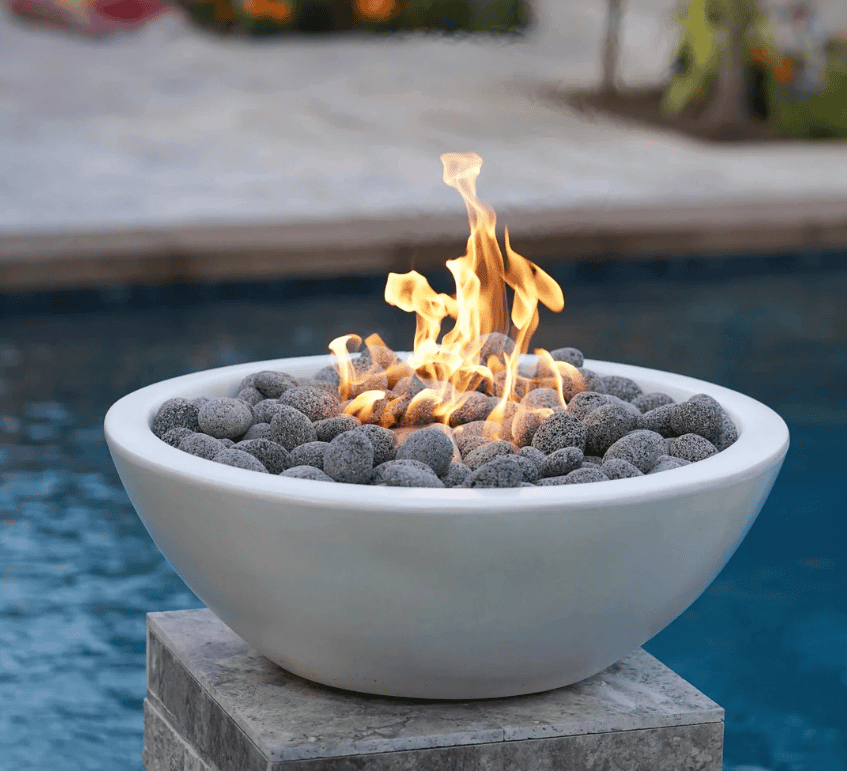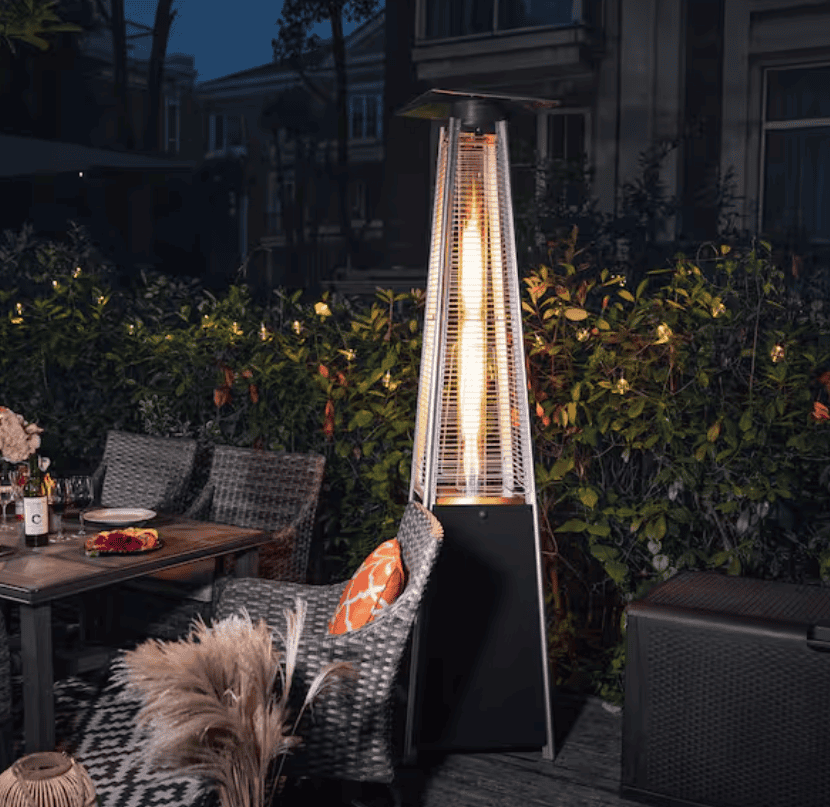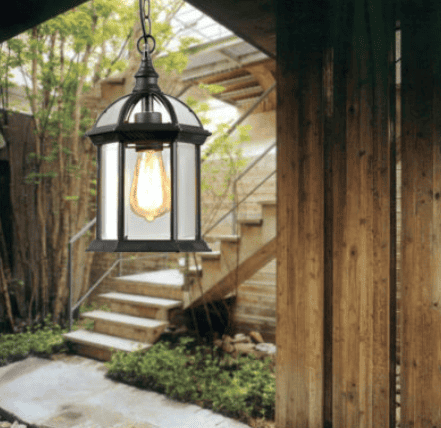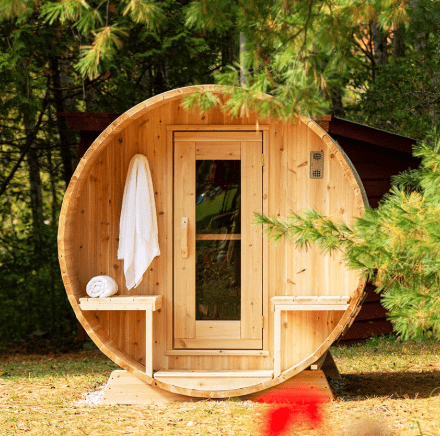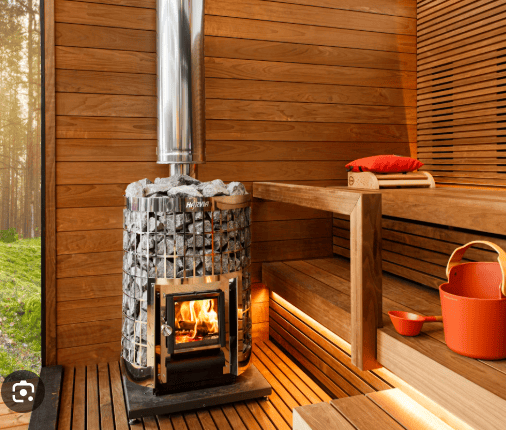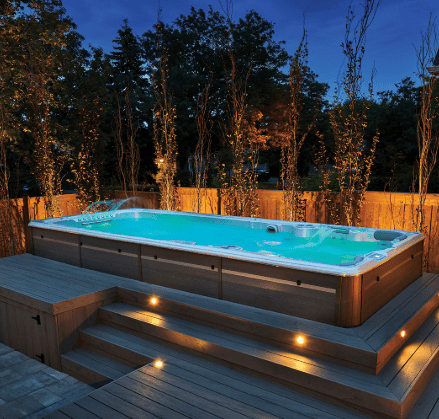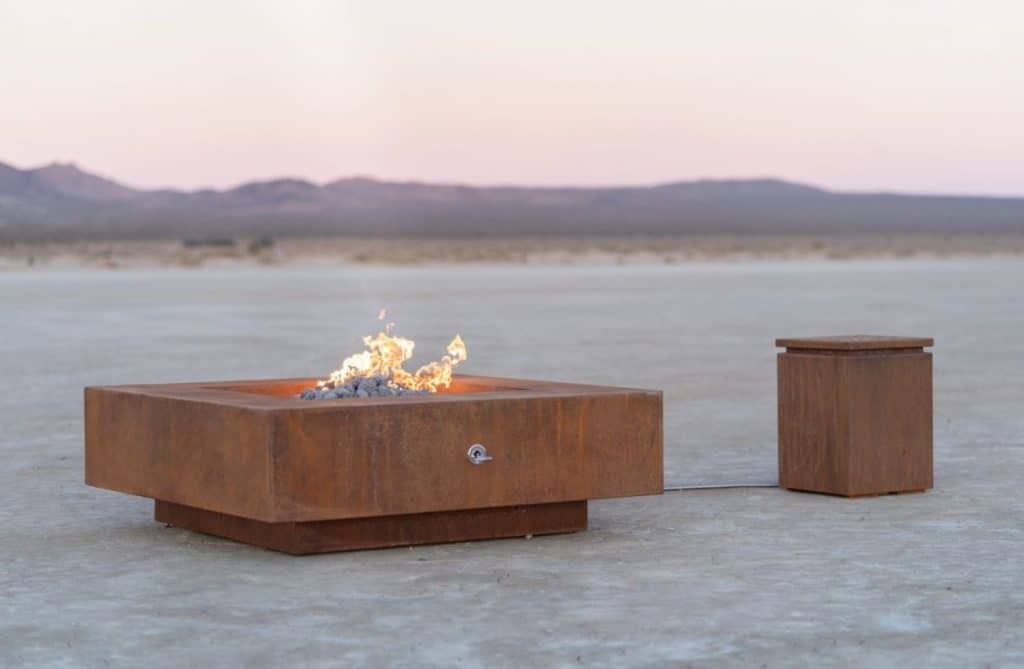fire pit
How Does a Smokeless Fire Pit Work? Understanding Smokeless Fire Pits
Discover how smokeless fire pits work with advanced designs for reduced smoke and enhanced efficiency in your outdoor space.
Smokeless fire pits offer a backyard fire experience with significantly less smoke. This article delves into the science behind how a smokeless fire pit works, comparing them to traditional fire pits and exploring the different types available.
What is a Smokeless Fire Pit?
Definition and Functionality
A smokeless fire pit is engineered to reduce the amount of smoke produced by a wood fire through a double wall design and strategic airflow to achieve more complete combustion. The primary goal is to reduce the amount of smoke released into the air, allowing you to enjoy the fire pit experience without the irritation of smoke and soot.
Comparison with Traditional Wood Fires
Traditional fire pits generate substantial smoke due to incomplete combustion. In contrast, a smokeless fire pit minimizes this by facilitating secondary combustion, resulting in a cleaner and more efficient fire burn.
Common Types of Smokeless Fire Pits
Smokeless fire pits rely on a double wall and precisely placed vents to optimize airflow for secondary combustion. Understanding design variations is key to choosing the best smokeless fire pit for your needs.
The Science Behind Smokeless Fire Pits
Combustion Process Explained
The smokeless fire pit work relies heavily on the principle of complete combustion. A traditional fire pit often suffers from incomplete combustion, leading to the release of smoke particles. The science behind a smokeless fire pit is that it maximizes the burning of wood fire, including the smoke produced by a fire burn.
How Airflow Affects Smoke Production
The amount of smoke produced is critically affected by the airflow within the fire pit may. A smokeless fire pit is designed to optimize airflow, facilitating secondary combustion, reigniting unburnt gases and reducing the amount of smoke. Unlike a traditional fire pit.
Materials Used in Design
The materials used in crafting a smokeless fire pit play a vital role in its effectiveness. Often, these pits utilize a double wall design, typically made from stainless steel, to improve airflow and heat retention. The durability of the material ensures longevity and resistance to high temperatures, crucial for efficient secondary combustion.
Choosing the Right Smokeless Fire Pit
When selecting a smokeless fire pit, keep a few key factors in mind. These considerations include:
- Size and portability, as a larger pit suits gatherings and a smaller one is better for camping.
- Materials, especially looking for a durable double wall design.
Different models offer various features, so research and read reviews to find the smokeless fire pit that best suits your lifestyle.
Best Practices for Enjoying Your Fire
To maximize your fire pit experience with a smokeless fire pit, keep the following in mind regarding wood and fire safety:
- Use dry, seasoned burn wood for a cleaner fire burn and to reduce the amount of smoke, avoiding treated burn wood or accelerants which can produce harmful fumes and affect the combustion process.
- Maintain a safe distance from the fire and never leave it unattended.
Always extinguish the fire completely before leaving the area.
Common Misconceptions About Smokeless Fire Pits
Benefits of Using a Smokeless Fire Pit
Clean Air and Reduced Smoke
The most significant advantage is the substantial reduction in the amount of smoke, leading to cleaner air. This enhances comfort and minimizes health risks.
Efficiency in Fuel Usage
Smokeless fire pits promote more complete combustion, leading to greater efficiency in fuel usage. Because the secondary combustion process burns off gases that would otherwise escape as smoke, the fire burn consumes more of the fuel. This means you’ll need to reduce the amount of burn wood to maintain a fire, potentially saving you money and resources. Like a traditional fire pit the bottom of the fire pit provides support for the wood-burning fire.
Versatility and Portability
Many smokeless fire pit designs are versatile and portable. Some solo stove models are lightweight and easy to transport, allowing you to enjoy a smoke-free backyard fire in your backyard or take it along for camping trips. The smokeless fire pits also offer the ambiance of a fire around a fire, with less smoke.
Using a Smokeless Fire Pit
Do They Really Eliminate Smoke?
While the name implies complete elimination of eliminate smoke, it’s important to understand that smokeless fire pits significantly reduce the amount of smoke, but don’t eliminate it entirely. The enhanced airflow and secondary combustion processes minimize the release of smoke particles. During the initial stages of lighting the fire or when adding new burn wood, you might notice some smoke produced, but it should quickly dissipate as the fire stabilizes and the secondary combustion takes effect.
Understanding Wood Pellets vs. Traditional Wood
Traditional fire pits typically use burn wood, while some smokeless fire pit models can also burn wood pellets. Wood pellets offer a consistent and efficient fuel source, often producing less smoke than traditional firewood. However, they may require a specialized adapter or grate. Using seasoned wood in a smokeless fire pit still provides a great fire pit experience with significantly less smoke.
Are They Worth the Investment?
Smokeless fire pits enhance backyard fire enjoyment through cleaner air and more efficient fuel consumption. If you frequently use a traditional fire pit and are bothered by the amount of smoke, a smokeless fire pit can greatly enhance your backyard fire enjoyment. The benefits of using a smokeless fire, include cleaner air, more efficient fuel burn wood consumption, and the ambiance to enjoy the backyard fire without choking on smoke particles and smoke and soot, may justify the cost. If you only occasionally have a fire burn, a traditional fire pit might suffice.

